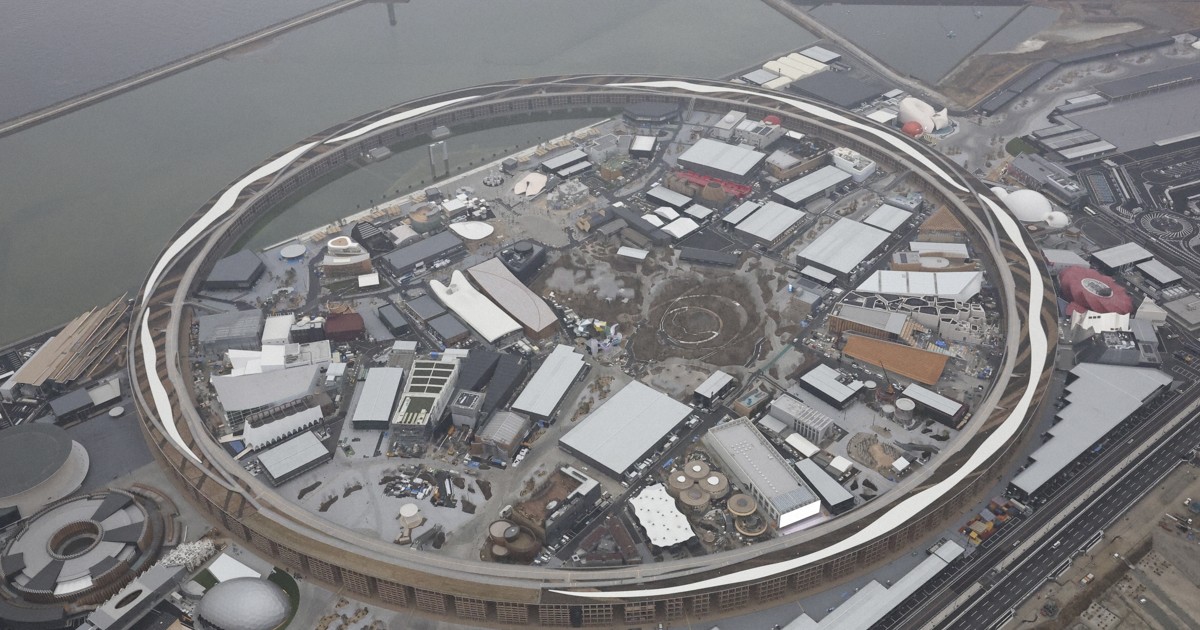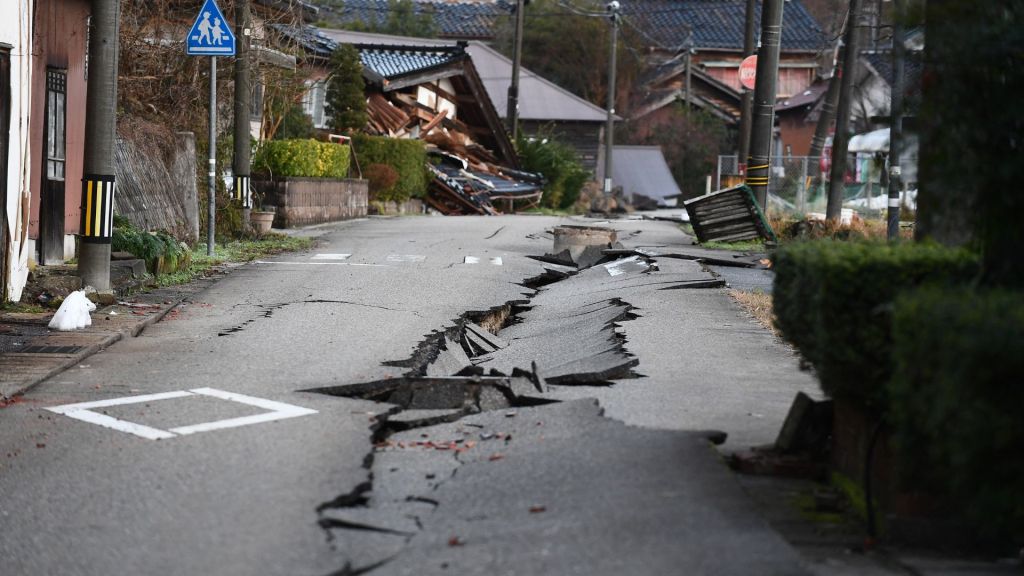AT OSAKA EXPO, GAS GIANTS PITCH ‘E-METHANE’ AS GREEN — EXPERTS AREN’T CONVINCED

What the industry is selling
Major Japanese gas companies used the Osaka Expo spotlight to promote synthetic “e-methane” as a climate-friendly bridge fuel, arguing it can run through existing pipelines and appliances with minimal retrofits. Executives touted pilot projects and partnerships with overseas suppliers, framing e-methane as a pragmatic route to cut emissions while keeping energy systems reliable. The pitch seeks to reassure consumers facing high power bills and to position gas as part of a net-zero future. Supporters say the drop-in compatibility lowers costs and avoids the political resistance of forcing rapid household conversions.
Why scientists call it greenwashing risk
Environmental experts and energy modelers challenged the claims. Producing e-methane requires large amounts of renewable electricity and carbon dioxide, making overall climate benefits dependent on scarce clean power and robust carbon accounting. If inputs are fossil-derived or electricity is not genuinely surplus renewable, lifecycle emissions can rival or exceed conventional gas. Analysts also warned that investing heavily in long-lived gas infrastructure risks locking in emissions and crowding out cheaper electrification options such as heat pumps. Japan’s debate reflects a global fault line: whether synthetic fuels should fill niche roles for hard-to-electrify sectors or prop up incumbent gas systems. Policymakers now face a choices test—channel limited public money toward options that deliver the biggest, fastest emissions cuts.






















